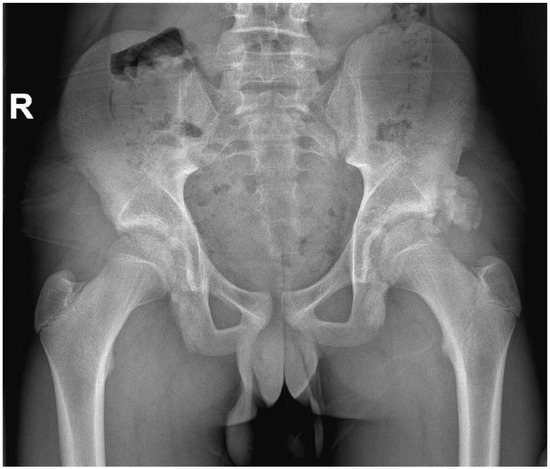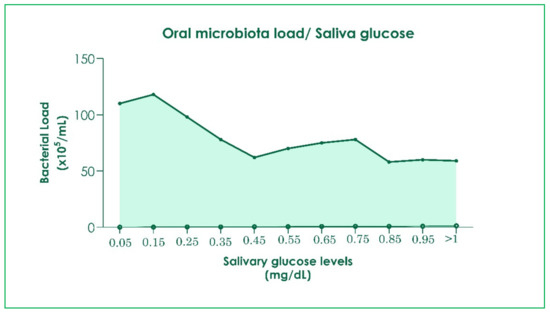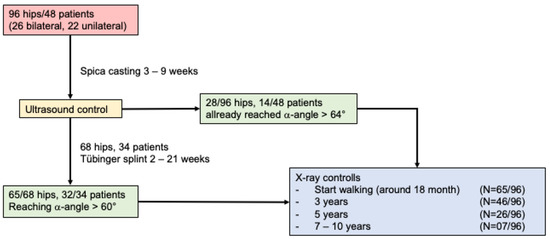Children 2022, 9(7), 1024; https://doi.org/10.3390/children9071024 - 10 Jul 2022
Cited by 9 | Viewed by 5698
Abstract
Short bowel syndrome (SBS) is a devastating disorder with both short- and long-term implications for patients. Unfortunately, the prevalence of SBS has doubled over the past 40 years. Broadly speaking, the etiology of SBS can be categorized as congenital or secondary, the latter
[...] Read more.
Short bowel syndrome (SBS) is a devastating disorder with both short- and long-term implications for patients. Unfortunately, the prevalence of SBS has doubled over the past 40 years. Broadly speaking, the etiology of SBS can be categorized as congenital or secondary, the latter typically due to extensive small bowel resection following diseases of the small intestine, e.g., necrotizing enterocolitis, Hirschsprung’s disease or intestinal atresia. As of yet, no cure exists, thus, conservative treatment, primarily parenteral nutrition (PN), is the first-line therapy. In some cases, weaning from PN is not possible and operative therapy is required. The invention of the longitudinal intestinal lengthening and tailoring (LILT or Bianchi) procedure in 1980 was a major step forward in patient care and spawned further techniques that continue to improve lives for patients with severe SBS (e.g., double barrel enteroplasty, serial transverse enteroplasty, etc.). With this review, we aim to provide an overview of the clinical implications of SBS, common conservative therapies and the development of operative techniques over the past six decades. We also provide a short outlook on the future of operative techniques, specifically with respect to regenerative medicine.
Full article
(This article belongs to the Special Issue Current Treatment of Pediatric Bowel Diseases)
►
Show Figures












